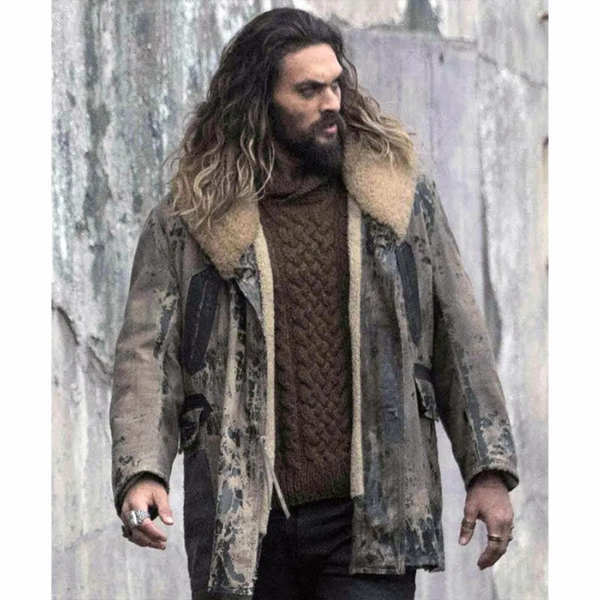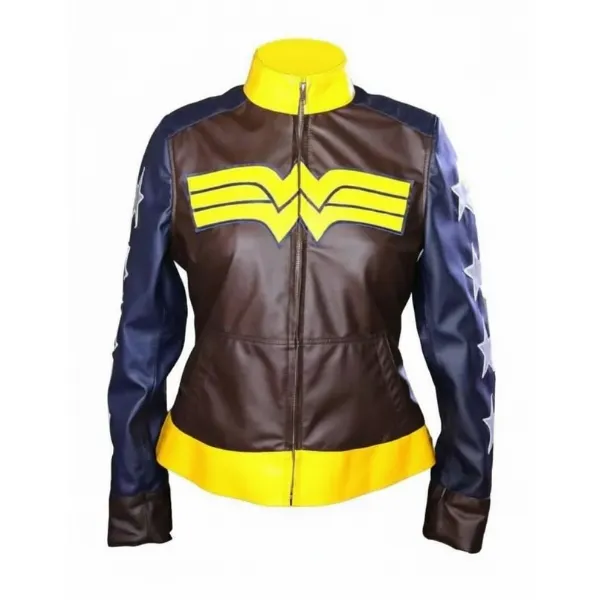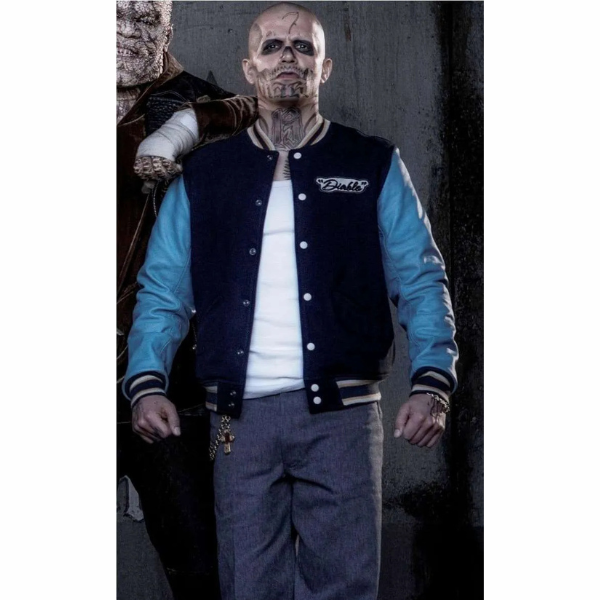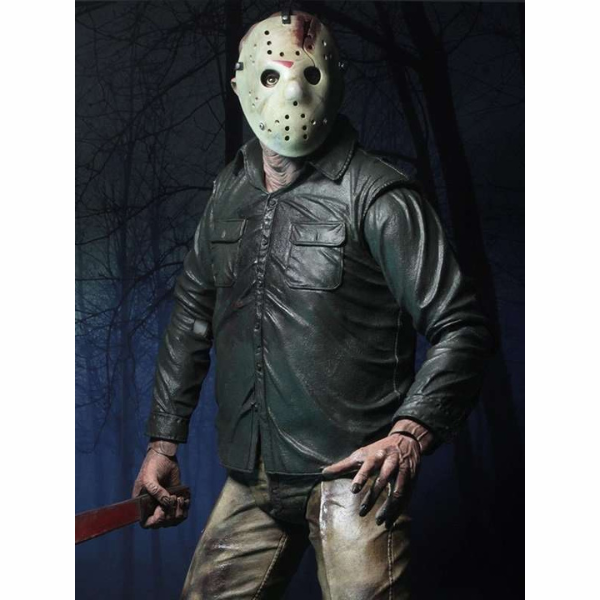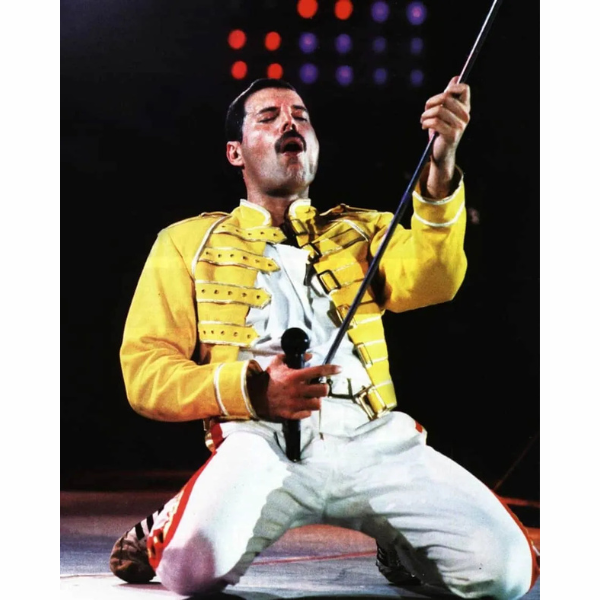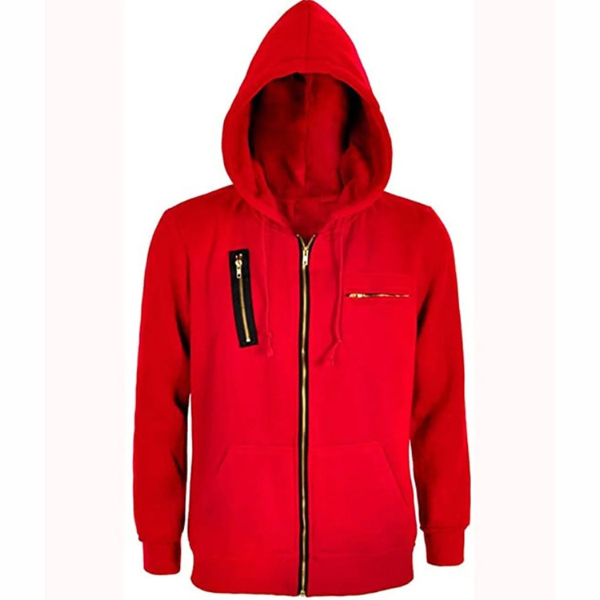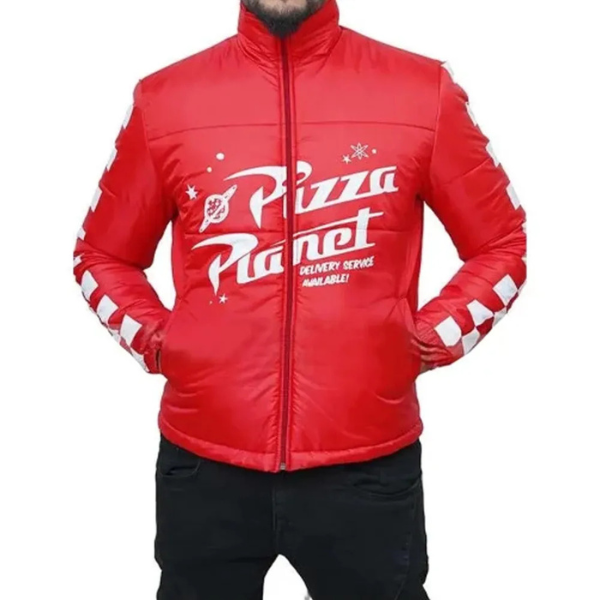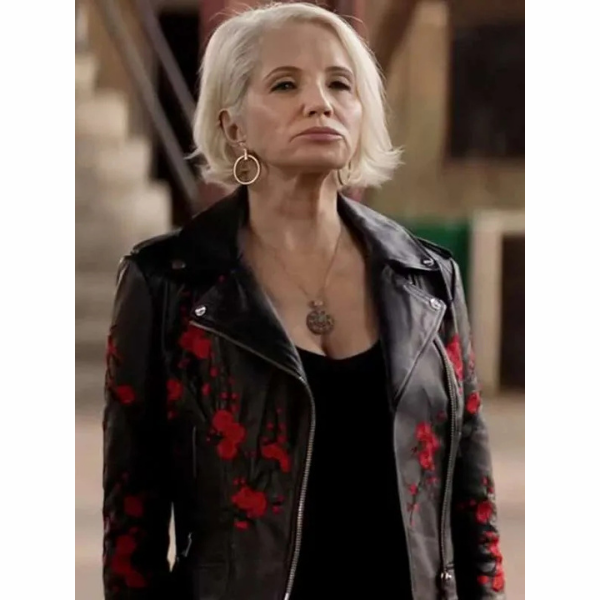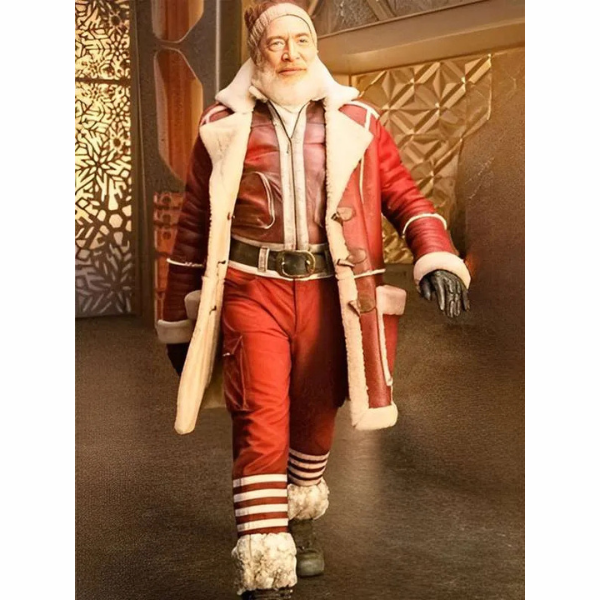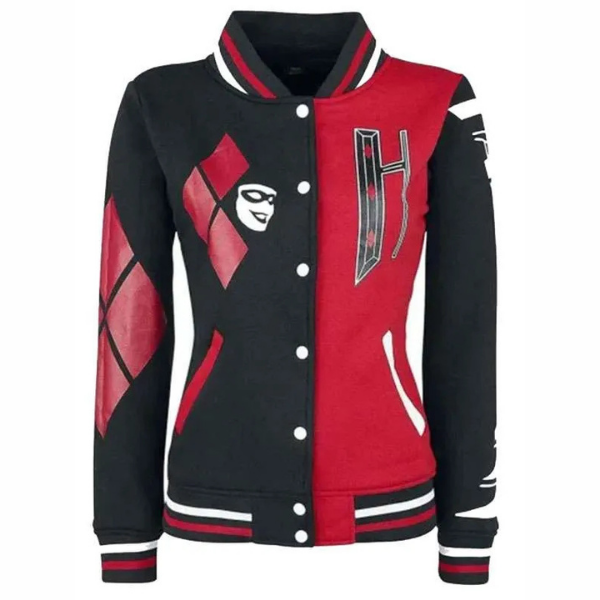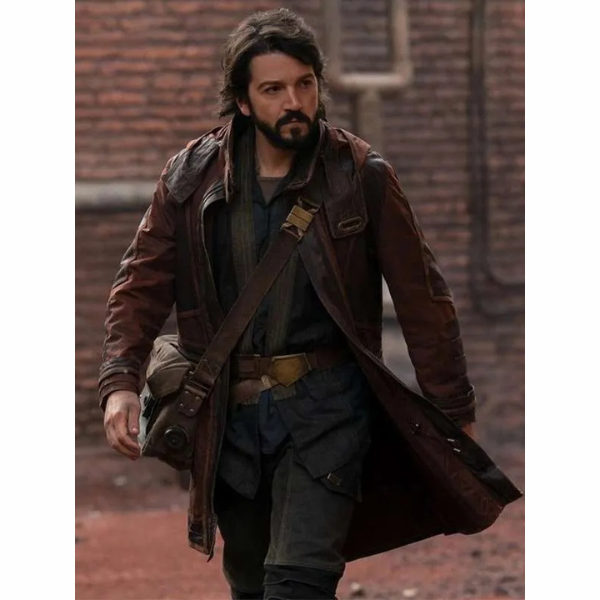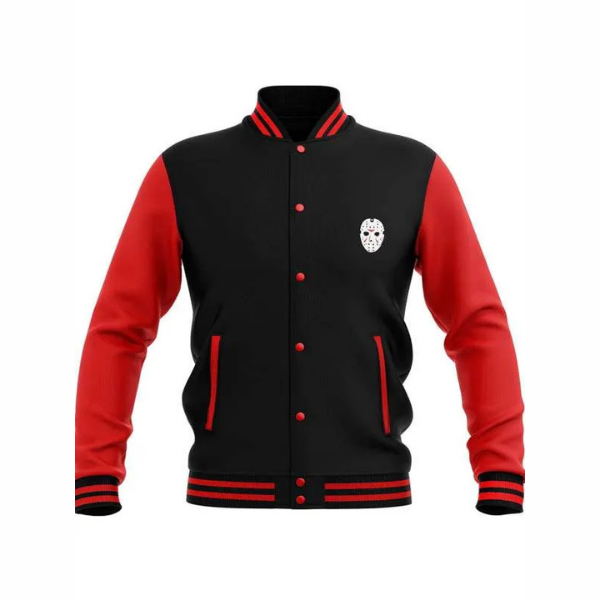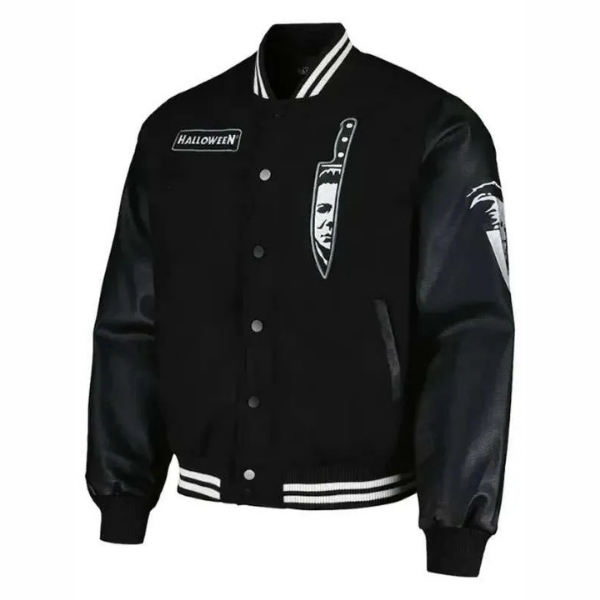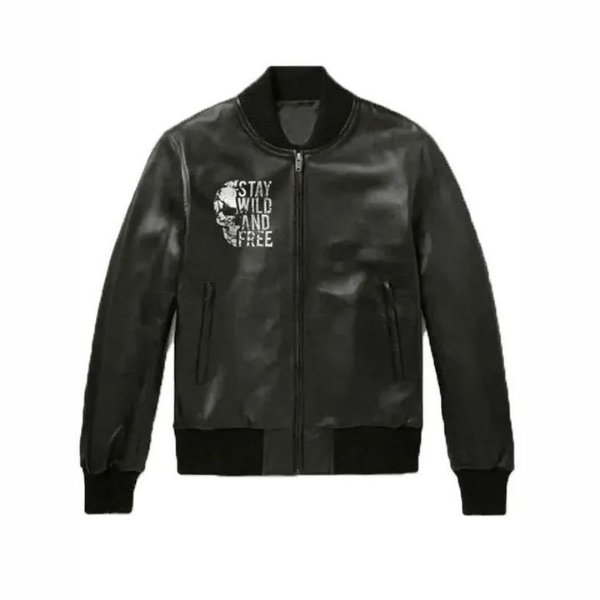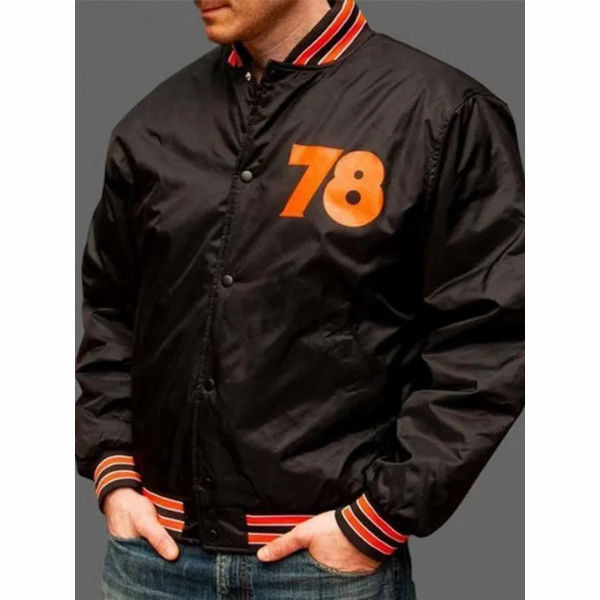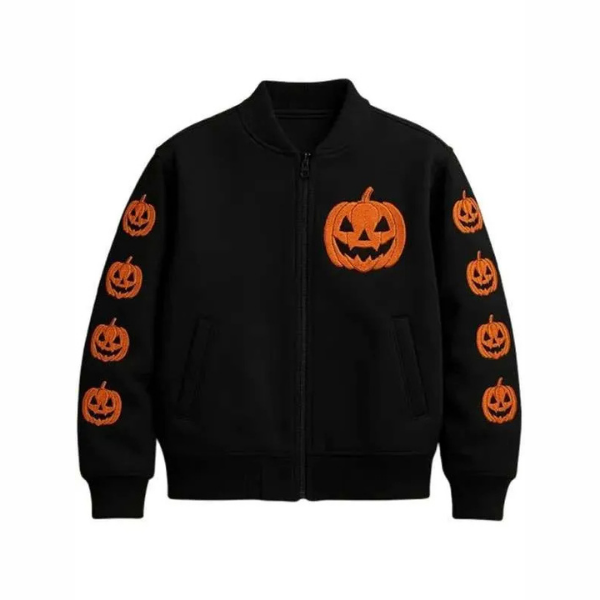Xeboi provides lessons about buffalo leather identification and drawing leather textures, with additional learning topics. Leather communicates its story through the manner in which it feels. Every product gets its appearance and handling traits along with longevity from the various textures of leather, which range from coarse to soft. Xeboi promotes leather texture uniqueness appreciation to help customers find the perfect matching leather for their desired style.
What Does Leather Texture Mean?
The selection of grain determines what feeling the leather will ultimately offer. Leather textures result from determining the dimensions and forms of the grains. Each grain type exists between large and tiny aspects while also varying in uniformity and irregularity and thickness, and broadness. Legged in its best form through the example of a leather purse. The coarseness or fineness of a leather grain controls how people handle it because a rough touch suits coarse-grain leather, yet a refined touch selects fine-grained leather.
The appearance of a wide-grain leather surface gives a rough texture, yet fine-grain leather produces a smooth, refined effect. Leather’s thinness controls its ability to breathe because it determines its physical thickness. Full-grain leather remains the best quality material because it offers supreme water protection when it uses a semi-aniline finish. Leather materials that consist of bonded or split-grain types do not offer any protection against water.
Types of Leather Texture:
A large number of leather designs are known. Below, we will list a few of them for you.
Smooth:
It lacks a genuine tactile quality like smooth leather. The hide is shaved, sanded, and shined to create it. The end item is pliable and very gentle feel.
This type of leather texture is of such good quality because it does not absorb moisture. It repels water steadily. Smooth leather scratches and tears are more obvious and require more time to fix and keep up.
Full Grain:
In comparison to smooth leather, which is also very soft with a velvety finish, full-grain leather is also soft to the touch. Meanwhile, full-grain leather has more defined grain lines than a piece of leather. It has a more long-lasting texture and covers the wear and tear part better.
Grainy:
It has the appearance of grain, due to the pressing of the moist animal skin, which fractures the fibers. Leather is more intense, so if you love the aroma, this may be suitable for you.
Pebbled:
The type of leather texture of pebbled leather will match its name well. It has a rough surface, like that of the small stones that compose a pebbled beach. The same dyeing and dying processes, just like regular leather, are applied to pebbled leather. Then, the material is pressed between plates with a rock design. This affects the appearance and texture of the leather. The pebbled leather is actually much harder-wearing than smooth leather and is therefore much better at hiding wear and tear. The problem is that this texture absorbs a lot of water, which is why it is not suitable in all climates.
Embossed:
The product of applying heat to leather to create a pattern is stamped leather. It would be possible for this method to personalize small pieces of leather with names or designs. For example, you can stitch it with a crocodile pattern to make the skin of the cow seem exotic.
Various other types of leather:
Suede:
On both sides of the hide, the texture of the hide is soft and fuzzy when the hide splits apart. Unlike other kinds of leather, suede is soft and supple. Just like satin, suede is luxuriously smooth and comfortable; however, it is also divided into velvet (not to be confused with its heavier, cheaper cousin ‘suedette’) and calf-skin suede, which reportedly wears heavier, while kid’s suede is lighter. The Suede’s coating is not water-resistant or waterproof. If you intend to use it in wet conditions, therefore, it must be treated to avoid water damage.
Nubuck:
Suede comes from the inside of the split hide, whereas nubuck comes from the outside. The texture of both is soft. The reason that Nubuck is unique is that it is a rougher piece of hide, which means that it is more durable. To finish the process of making the material feel smooth and fluffy, the surface is cleansed.
Buffered:
This type of leather texture is referred to as hand-buffed leather or buffed leather. Smooth to the touch, it has been aged and gives the appearance of some wear and tear. This leather design is an uncommon find and is normally reserved for furniture rather than clothing.
High Resolution Leather Texture: Why It Matters
The visual appeal of leather is very important in the fashion and design world. Grains are captured in intricate detail, and the material pops out of a photograph, digital design, or product render at a very high resolution leather texture. Brands like Xeboi use high-res textures, and each detail, whether creases, grains, or finish, is put on display both in print and online.
They are also essential for an e-commerce platform where you need customers to have a level of visual detail in order to evaluate the quality. Enough about that, no matter if you are choosing a buffalo-textured leather jacket for men and women or a pebbled leather bag, detailed imagery can make or break the fold.
How to Draw Leather Texture?
If you are into fashion design, digital illustration, or product rendering, knowledge of how to draw leather textures can absolutely improve your work.
Step 1: Observe the Texture
Start with a reference image. Now, grab a high-resolution leather texture photo that has a perceivable grain.
Step 2: Choose the Right Tools
When using digital drawing, use textured brushes that mimic the leather grains. For hand drawings, you try pencils with different softness and a smudging tool for the depth.
Step 3: Create a Base Layer
Sketch the base shape of the leather item (e.g., a jacket or bag)
Step 4: Add Texture and Highlights
Pores and grains become dots, small lines, and curves. Emphasize uneven surfaces by adding highlights and shadows.
What this process does, not only help you create realistic leather visuals, but it also helps with the understanding of how certain types of leather textures behave.
Selecting the Better Leather Texture with Xeboi
While selecting the better leather texture is an aesthetic choice, it has a great influence on longevity, comfort, and experience in general. The types of leather textures help you understand the materials, from designers who sketch out their next product idea to consumers finding their next jacket.
Our leather goods are a combination of nature’s greatest materials, combined with modernistic craftsmanship. In our collection, we have a rugged buffalo texture and a smooth, refined grain.





